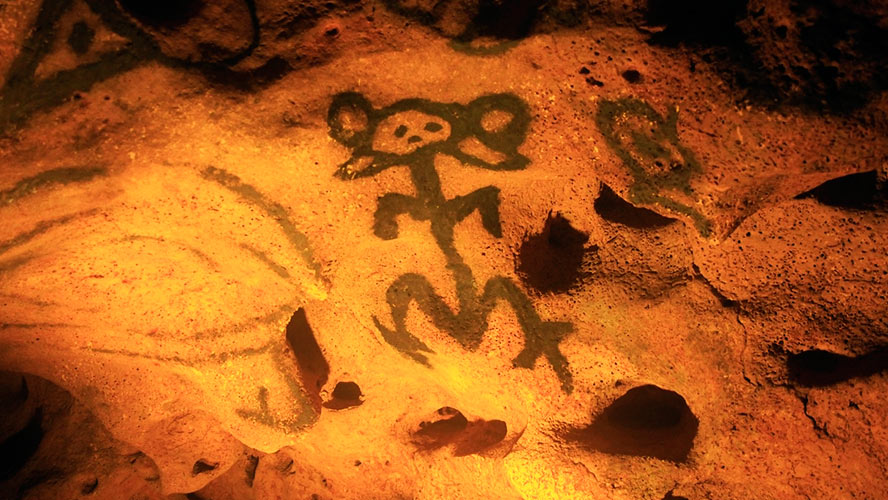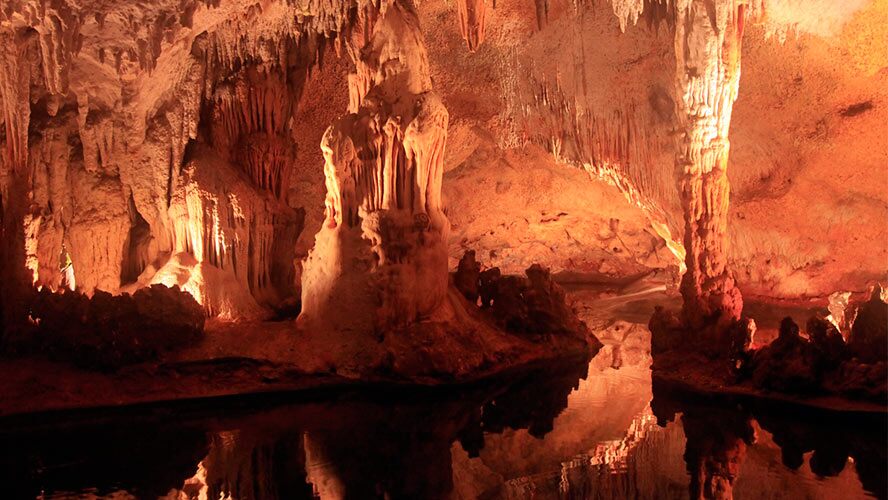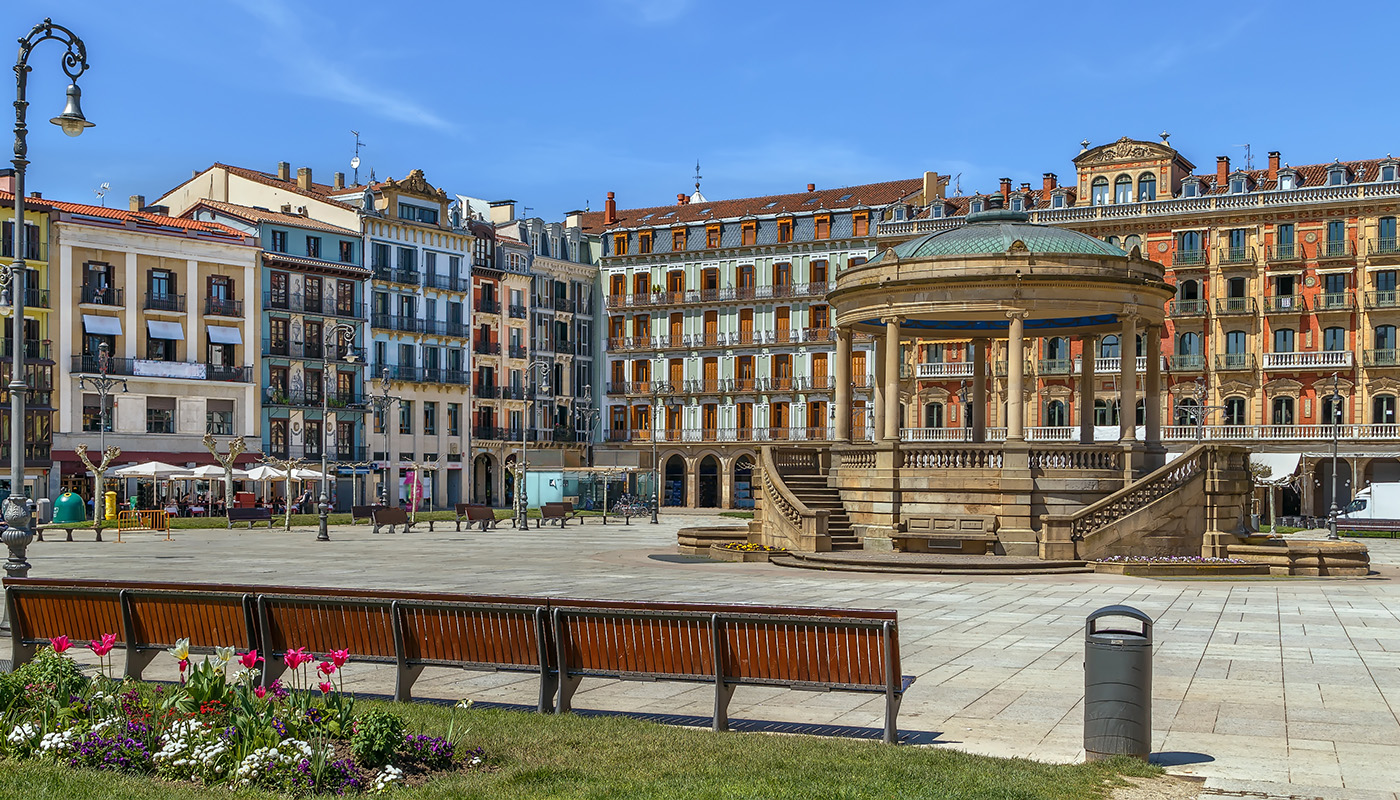Halfway between the cities of San Pedro de Macorís and La Romana (and around 62 miles from Santo Domingo, or slightly less from Punta Cana), the Cave of Wonders is a truly magical place. In this fantastic geological formation, which is a natural, historical and cultural treasure, you can see hundreds of petroglyphs and pictographs created by the ancient Tainos. These are set among awe-inspiring stalagmites and stalactites, along with other speleothems formed over millions of years.
This tourist attraction, with its immensely rich natural and cultural heritage, is also easily accessible. With its excellent lighting system, an elevator connecting the cave with the surface, and a network of ramps and walkways linking the various galleries, this is an easy place to visit. This cave is the Dominican Republic’s first nature reserve to have been specially adapted for people with limited mobility.
An underground work of art
The cave, comprising an enormous network of tunnels and underground galleries, is the nucleus of the Dominican Republic’s Cueva de las Maravillas National Park. Discovered in 1926, and known as Cueva Jagual until 1949, this is one of over 500 recorded prehistoric sites including caves, rock shelters and other rock formations, to be found all over the Dominican Republic.
Formed at a depth of 82 feet by water filtering through the limestone floor of this part of the island of Hispaniola, the Cave of Wonders boasts an ample range of speleothems, rock formations created over millions of years by minerals dissolved in the water, including stalactites, stalagmites, columns, ‘eccentrics’ (rare rock formations), curtains, flowstone, etc… A truly spectacular natural phenomenon!

Apart from its importance in terms of nature, this cave has enormous historical and cultural significance thanks to the array of almost 500 pictographs and petroglyphs (paintings and etchings in the rock), that can be found inside. A legacy of the island’s pre-Columbian inhabitants, the indigenous Tainos, these ancient works of art feature various abstract and geometrical motifs, in addition to human figures and animals.
Like most Karstic systems, the Cave of Wonders is a living place, both in terms of its geology (as its rock formations are continually evolving) and in terms of its flora and fauna. The cave provides a habitat for various groups of bats and several species of insects, rodents, reptiles and amphibians; they particularly thrive in those areas which are not open to the public.
What is there to do, and when is the best time to visit the Cave of Wonders?
The Cave of Wonders measures 2,625 feet, of which around 820 have been adapted for access, and are open to the public. All visits to the cave take the form of a guided tour, which starts from the main reception every 15 minutes. The tour lasts almost 45 minutes.
One of the most interesting areas within the cave is the Espejo de Agua [Water Mirror], an artificial lake that reflects the illuminated roof of the subterranean gallery, with all its geological formations. Another highlight is the Gran Panel, which shows prehistoric paintings depicting a Taino funeral rite. Similarly, the Galería Pictográfica displays a fabulous collection of pictographs created by the indigenous inhabitants, and dating back between 500 and 800 years.
The tour is complemented by other attractions to be found outside the cave.

- Exhibition hall. A small site museum, with various archaeological artefacts and teaching materials explaining the cave’s natural and cultural wealth.
- Iguanarium. A fascinating center, where visitors can see several examples of the rhinoceros iguana (Cyclura cornuta), and learn all about this endemic animal, which is in danger of becoming extinct.
- Gardens and natural labyrinth. Visitors can enjoy other green spaces at the Cave of Wonders, among them a natural labyrinth created from finely pruned hedges.
- Horse-riding center. Enjoy the countryside around the cave on a pleasant, guided pony-trek. There is also an area set aside where both children and inexperienced adults can start learning how to ride a horse.
- Visitors’ Center. A surface cave which has been fully adapted (with a marble floor, lighting, etc.) to create an ideal multi-function space for various organized activities, including presentations and concerts.
As this is a fully accessible cave, with a fairly stable temperature all year round, any time of year is ideal for discovering this subterranean work of art. During the rainy season, a downpour can be somewhat inconvenient, especially around the cave entrance and exit, but this is easily remedied with an umbrella or a waterproof coat.
Advice for a visit to the Cave of Wonders
The Cave of Wonders is a tourist attraction with a full infrastructure and range of services. It offers a pleasant, enjoyable visit for all types of people, including those with disabilities. However, it is worth bearing in mind that the site can present some difficulties, particularly for elderly and visually-impaired people.
You also need to remember that a cave is a very humid environment, and that although the tour uses properly adapted and well-lit walkways, you need to wear suitable shoes. Take care to avoid slipping! The cave temperature remains fairly stable throughout the year, at around 66 °F, so coats are not needed.
In order to protect the cave, and prevent any deterioration of the prehistoric paintings and etchings, the use of video and cameras is prohibited. It is also recommended that all visitors to the cave keep their voices down, in order not to disturb the local fauna. Showing respect for these extremely fragile places is the best way to conserve them in the best possible condition.
After your visit to the Cave of Wonders, why not call in at the snack bar and the gift shop? You can try the delicious Dominican food on offer, and buy a nice souvenir of this amazing place.










































































